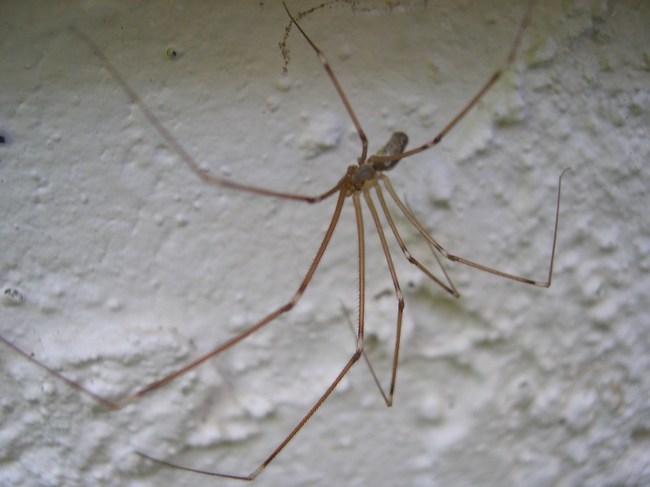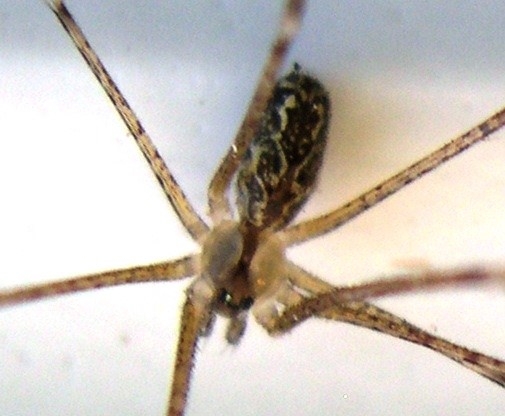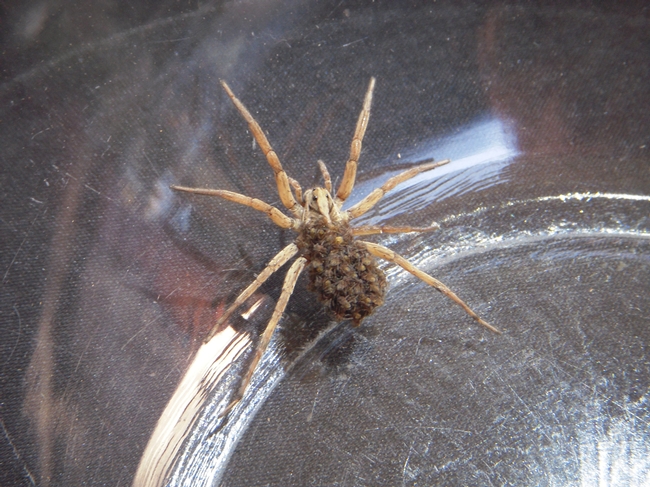Now that the mornings have become chilly, it's that time of year to start snuggling up with some good gardening books. One recent book I checked out from the Solano County Library was Diana Maranhao's Water-Smart Gardening: Save Water, Save Money and Grow the Garden You Want (Cool Springs Press, 2016). If you want to create a water-efficient garden, you should check out and read this book. It provides a brief overview of the need and benefits of water-efficient gardens then discusses different garden styles, from the Mediterranean and Desert Xeric to Cottage, and Formal/Modern Gardens. She then moves on to water-wise watering and water conservation methods, from simple hydrozoning and clay pot irrigation to create a terrace garden. One of its many strengths is it provides easy do-it-yourself instructions for the solutions presented, from creating a berm and a swale, to how to create a rain garden, to how to create a permeable surface. It also includes step by step photos.
She covers every water conservation method you've heard about, and some you may not have heard about, like the ancient companion planting practice called “The Three Sisters”. In this practice, corn is planted. And as it grows, bean seeds are planted at the corn plants' base, and squash seeds are then planted between the rows. The corn plants support the nitrogen producing bean plants, and the squash acts as a living mulch, shading the “sister's” roots.
The book concludes with information on sample low water use annuals and perennials, bulbs, groundcovers and vines, lawns, grasses, succulents, trees, and edibles.
The author has over 30 years of experience in horticulture and education and it shows. Her book is easy to read and informative. So check it out at the library!
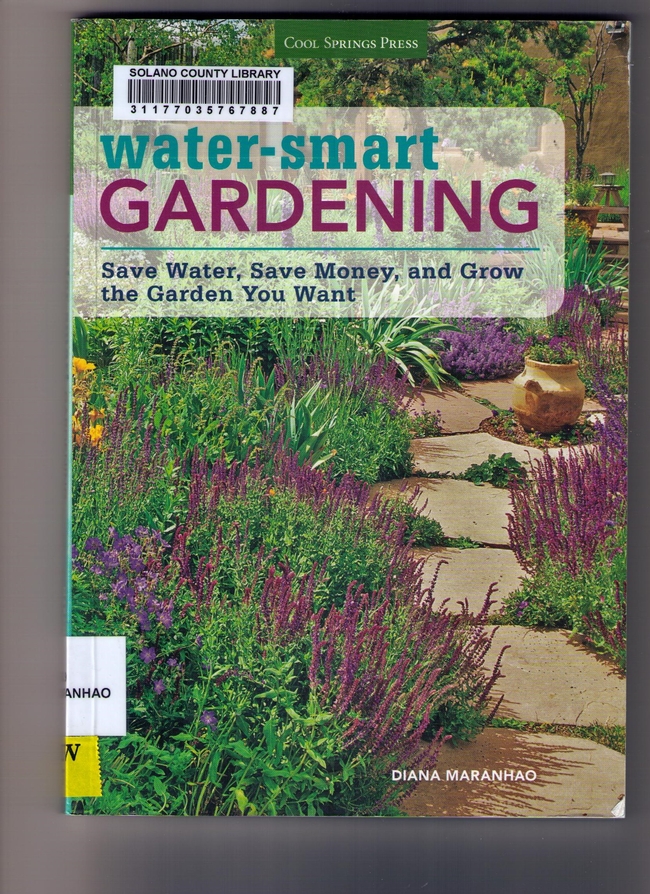
book 001
Posted on
Thursday, November 14, 2019 at
2:41 PM
Pesticide Label Reading for Safe Applications
November 20, 2019 from 3pm to 4pm
Lisa Blecker,...
Posted on Thursday, November 14, 2019 at 8:31 AM
Honey bees versus native bees. What are the impacts of honey bee introductions on the pollination...
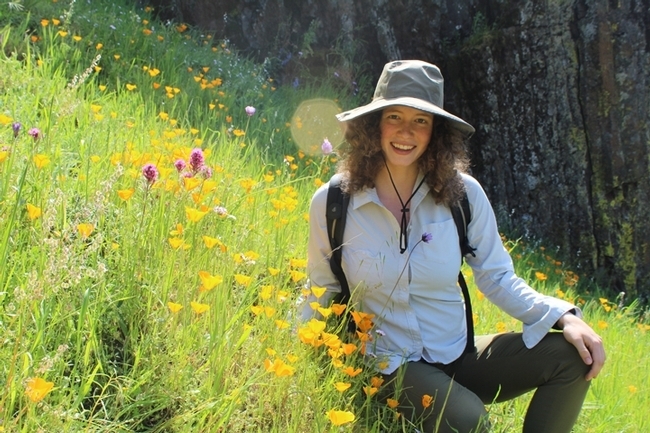
Maureen Page of the Neal Williams lab, UC Davis Department of Entomology and Nematology, will address the Davis Botanical Society meeting, “How I Spent My Field Season” on Thursday Nov. 14. The event takes place from 5 to 6 p.m. in Room 1022 of the Life Sciences Addition, corner of Hutchison and Kleiber Hall drives.
Maureen Page of the Neal Williams lab, UC Davis Department of Entomology and Nematology, will address the Davis Botanical Society meeting, “How I Spent My Field Season” on Thursday Nov. 14. The event takes place from 5 to 6 p.m. in Room 1022 of the Life Sciences Addition, corner of Hutchison and Kleiber Hall drives.
Posted on
Wednesday, November 13, 2019 at
9:56 AM
Spiders. Whether dangling or leaping, scurrying or creeping, spiders usually make me flinch — indoors and out. I don't know why, since I was raised in the country where spider webs stretched across rows of orange trees and rose arbors. I freely skipped right on through the large circular webs with no concern about that big black and yellow spider perched in the middle that I had noticed the day before.
Truth be told, when it comes to encounters with spiders, most of us move out of their way. We seldom give thought to the mechanics of their movements. Arachnoid locomotion and propulsion are topics I never considered until now. And from my cursory research, I realize I've skimmed only the surface of the way spiders move.
Many of us know the lyrics to the song about the “itsy-bitsy spider” that climbed its way up the water spout, but have you ever wondered how. How does a female wolf spider of the
Lycosidae family with countless babies riding atop her back pull that extra weight upward and onward day after day? And what about the marbled cellar spider (
Holocnemus pluchei) nicknamed Daddy-Long-Leg? How does it bob up and down to frighten away prey and not damage its thin tiny segmented legs?
Daddy-Long-Legs spider legs
Marbled cellar spider MAGNIFIED
What peaked my attention to rethinking spider legs is a recent article in Wall Street Journal, “Spiders' Legs Are Hydraulic Masterpieces.” I learned a spider's exoskeleton contains no internal bones. Muscles exist for flexing and bending the legs inward, but no extensor muscles exist to propel the legs outward again. To extend the legs, spiders depend upon hydraulics. All eight legs are attached to their mid-section (cephalothorax) and depend upon hemolymph (which is mostly water) being pushed (pressurized) into the leg which forces the leg joints outward. This amazing hydraulic system gives jumping spiders the ability to spring up over 50 times their body length. Hydraulic pressure also helps the female wolf spider lug the brood on her back and gives Daddy-Long-Legs an ability to bounce as if he's on a trampoline.
In addition to renewed admiration for arachnids' ability to move, I also have a soft spot for them. The next time I see a dead spider curled up in a ball, I'll think about its marvelous hydraulic system that is so vulnerable to being pierced. One puncture to the mid-section or a leg and the pressure drops, rendering the spider immobile and eventually leading to its demise.
To learn more about spiders and how they move, consult the source list below. Betcha you will never look at spider legs the same again.
Sources:
https://jeb.biologists.org/content/215/4/578 - (PDF available on Research Article: Hydraulic leg extension is not necessarily the main drive in large spiders from Friedrich Schiller University, Institute of Sport Science, Motion Science, October 31, 2011)
Posted on
Wednesday, November 13, 2019 at
9:30 AM
You won't want to miss this.
A year-long project on "Current Techniques in Morphology" was posted...
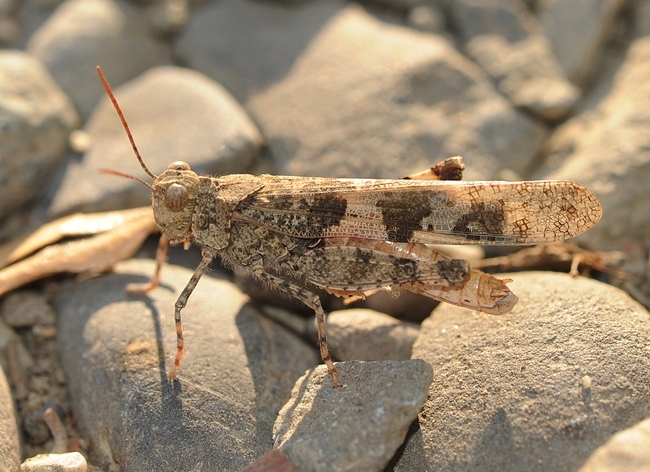
One of the articles in the journal deals with "Jumping and Grasping: Universal Locking Mechanism in Insect Legs." This image is a banded-winged grasshopper, family Acrididae. (Photo by Kathy Keatley Garvey)
One of the articles in the journal deals with "Jumping and Grasping: Universal Locking Mechanism in Insect Legs." This image is a banded-winged grasshopper, family Acrididae. (Photo by Kathy Keatley Garvey)
Posted on
Tuesday, November 12, 2019 at
5:41 PM







